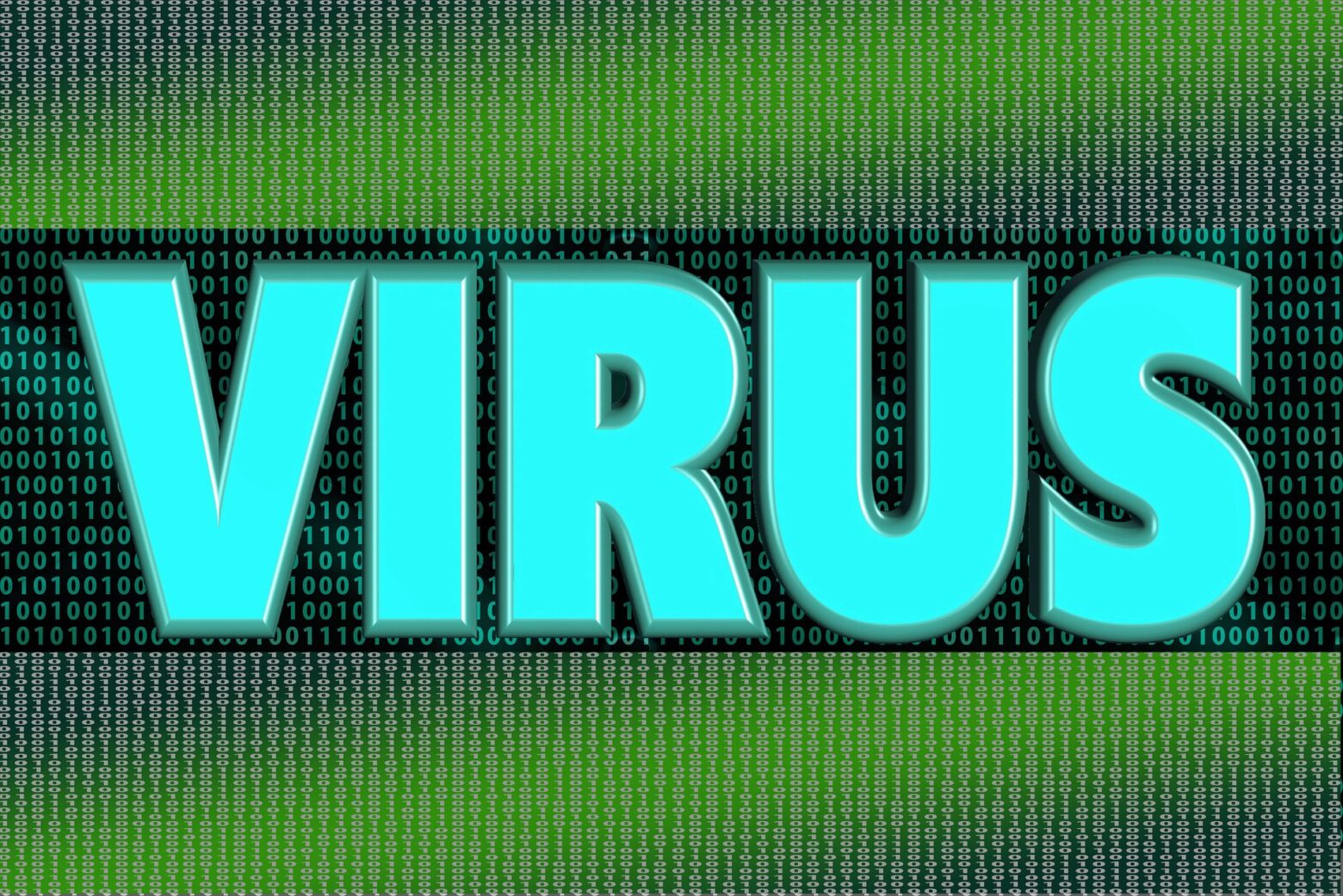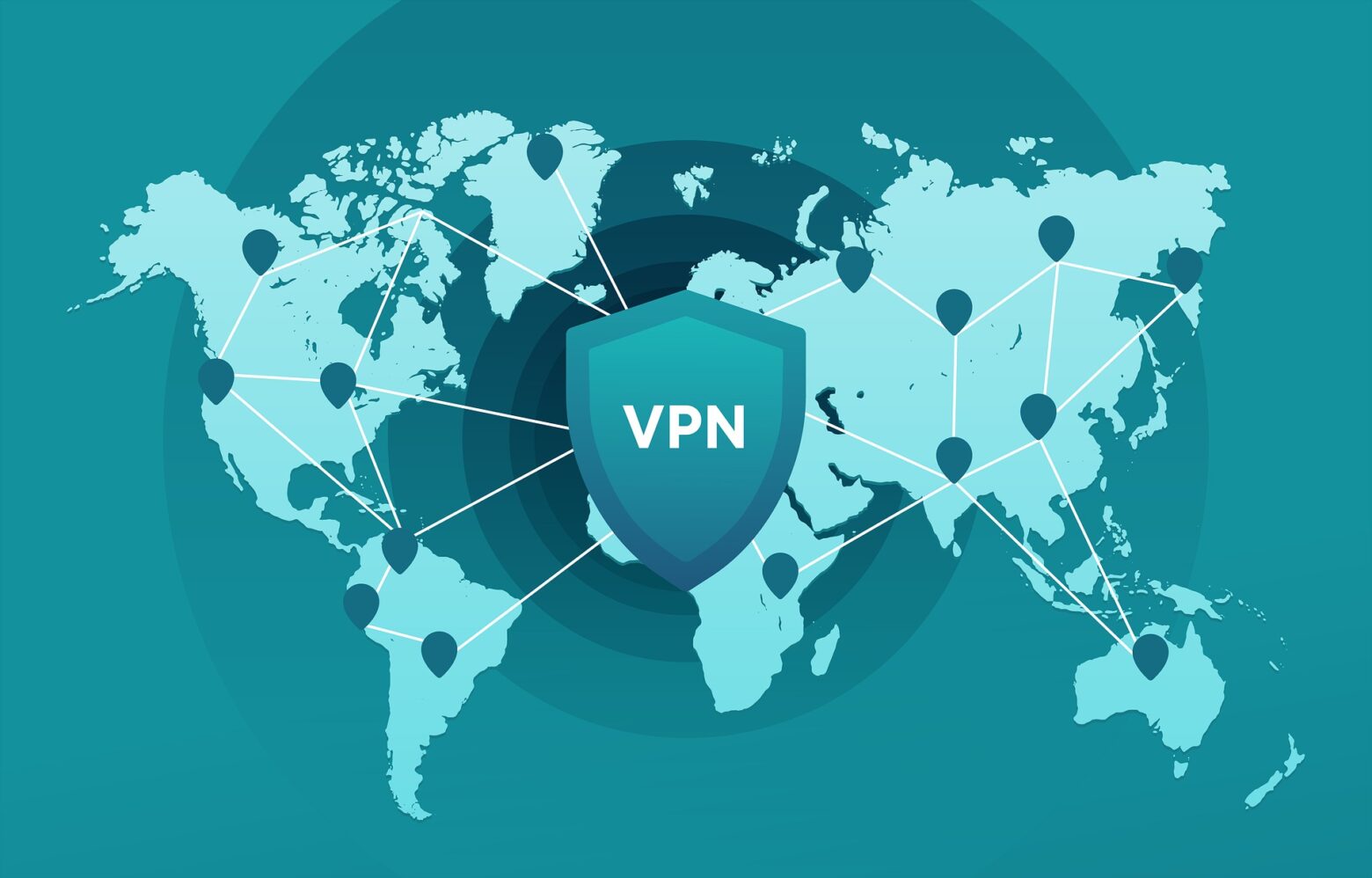Understanding Malware: A Comprehensive Guide
Malware, short for malicious software, is designed to harm or exploit computer systems, servers, and networks. It is a broad term encompassing various harmful programs such as viruses, worms, Trojans, ransomware, spyware, adware, and more. This comprehensive guide below will help you understand malware and how it works.
What is Malware?
As mentioned earlier, malware refers to any software that is intentionally designed to cause harm or damage to computer systems. Cybercriminals can use it to steal sensitive information such as passwords and credit card details or disrupt computer systems’ normal functioning.
The term malware covers various harmful programs created with different intentions. Some malware is designed to spread quickly across networks and infect as many computers as possible (worms), while others are created to trick users into installing them (Trojans). Ransomware is another type of malware that encrypts files on the victim’s computer and demands payment for the decryption key.
How Does Malware Work?
Malware works by exploiting computer system vulnerabilities or tricking users into installing them. Once installed on a system, malware can perform various malicious activities, such as stealing sensitive information or disrupting normal system operations.
Some types of malware are self-replicating and can spread quickly across networks without user intervention. Worms are an example of self-replicating malware that can infect multiple computers within seconds.
Other types of malware require user interaction to infect a system. For example, Trojans are often disguised as legitimate software or email attachments. When users download and install these programs or open these attachments, the Trojan gets installed on their system.
Common Types of Malware
There are several types of malware that cybercriminals use to exploit computer systems. Here are some common types:
Viruses
A virus is a malicious program that attaches itself to legitimate files and spreads from one computer to another through email attachments or infected files shared over networks.
Worms
Worms are self-replicating programs that spread across networks without any user intervention. They exploit vulnerabilities in operating systems and network protocols to infect multiple computers within seconds.
Trojans
Trojans are disguised as legitimate software or attachments in emails. When users download and install these programs or open these attachments, the Trojan gets installed on their system.
Ransomware
Ransomware encrypts files on the victim’s computer and demands payment for the decryption key. It often spreads through phishing emails or infected websites.
Spyware
Spyware collects sensitive information from victims’ computers without their knowledge or consent. It can monitor keystrokes, capture screenshots, and record audio/video feeds from webcams/microphones/other devices connected to the system.
Adware
Adware displays unwanted advertisements on victims’ computers without their consent. It often comes bundled with free software downloads from untrusted sources.
How Can You Protect Your Computer from Malware?
Here are some tips you can follow to protect your computer from malware:
- Install reputable antivirus software: Antivirus software can detect and remove most types of malware before they cause any damage.
- Keep your operating system up-to-date: Software updates often include security patches that fix known vulnerabilities.
- Be cautious when downloading/installing software: Only download/install software from reputable sources.
- Use strong passwords: Strong passwords make it difficult for cybercriminals to guess your login credentials.
- Backup your data regularly: Regular backups ensure you don’t lose important data if your computer gets infected with ransomware.
Conclusion
Cyber criminals are dangerous, and malware is a real issue that can have serious repercussions if not addressed quickly. Practice precautionary measures such as installing antivirus software, maintaining the latest OS updates, avoiding untrusted downloads/installations, using strong passwords to avoid infiltration of malicious programs, and backing up data regularly to protect yourself from potential cyber-attacks.










